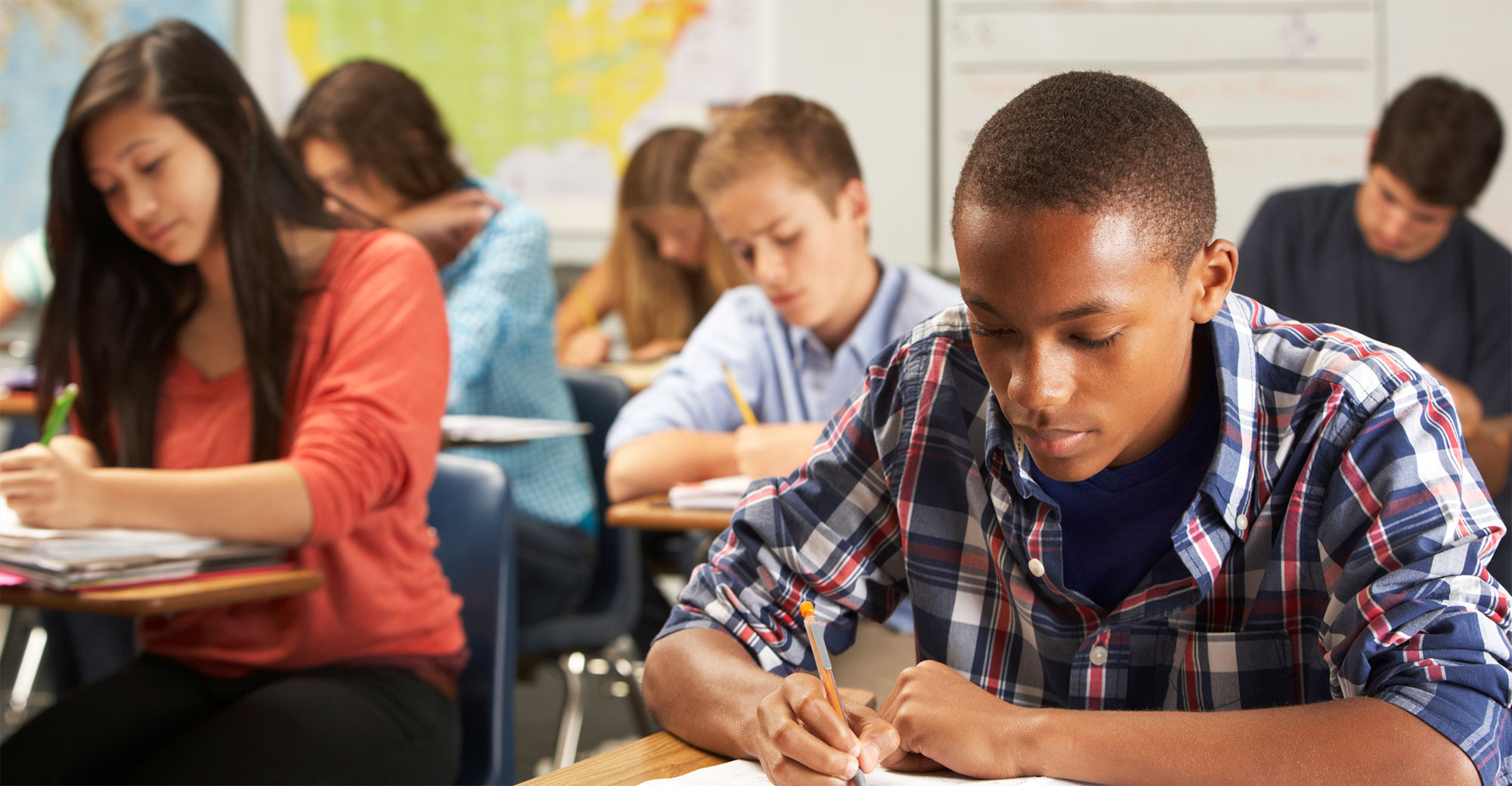The goal of the School Resources to Support Military-Connected Students website is to translate evidence-informed practice for the benefit of all military-connected students. Fenning (2022) recommends implementing a multi-tiered systems of support (MTSS) framework in schools. This framework can help schools make data-based decisions about the behavioral and socioemotional needs of military-connected students and determine, deliver, and evaluate interventions to all students (tier 1), to groups of students who need additional help (tier 2), and to individual students who have the highest needs (tier 3).
In tier 1, teachers can integrate low-intensity, classroom-based strategies with all students in order to improve student engagement (Pullen & Kennedy, 2018). Small, simple shifts in teacher behavior can lead to positive changes in student performance (Horner & Sugai, 2015). However, when tier 1 strategies are not working, schools may rush to implement tier 2 or tier 3 strategies with large numbers of students, but doing this may not be the best use of valuable resources (i.e., the time of school-based mental health personnel). Instead, schools should try to improve the existing tier 1 strategies that are being implemented by teachers as part of their instruction (Pullen & Kennedy, 2018).
To help schools meet the socioemotional and behavioral needs of military-connected students, we have created free, evidence-informed online learning modules that contain strategies that teachers can implement with all students at the tier 1 level in the classroom. Our learning modules typically take 10-15 minutes each to complete, and you can choose which modules to focus on based on your needs. To learn more about the modules, click on the links below. If you have additional questions about the online learning modules, explore the FAQs page.
Learning Modules
Classroom Management
- This series is a collection of 18 trainings that are related to promoting positive student behavior, responding to student misbehavior, and modifying student behavior.
Socioemotional Learning
- This series is a collection of 18 trainings that are related to integrating socioemotional learning (SEL) into academic content, incorporating explicit SEL instruction, and assimilating SEL intervention.
Thank you for all you do to support military-connected students. We hope these resources are useful in your professional practice. If you have questions or need help, visit the Contact Us page to reach out to us. If you would like to receive updates about new trainings or resources, sign up for our Mailing List.
Reference(s):
Fenning, P. (2022). School supports for students in military families. The Guilford Press.
Horner, R. H., & Sugai, G. (2015). School-wide PBIS: An example of applied behavior analysis implemented at a scale of social importance. Behavior Analysis in Practice, 8(1), 80–85. https://doi.org/10.1007/s40617-015-0045-4.
Lane, K. L., Oakes, W. P., & Menzies, H. M. (2019). Comprehensive, Integrated, Three-Tiered (CI3T) models of prevention: The role of systemic screening to inform instruction. In P. C. Pullen & M. J. Kennedy (Eds.), Handbook of response to intervention and multi-tiered systems of support (pp. 63-75). Routledge. https://www.routledge.com/Handbook-of-Response-to-Intervention-and-Multi-Tiered-Systems-of-Support/Pullen-Kennedy/p/book/9780415626040


